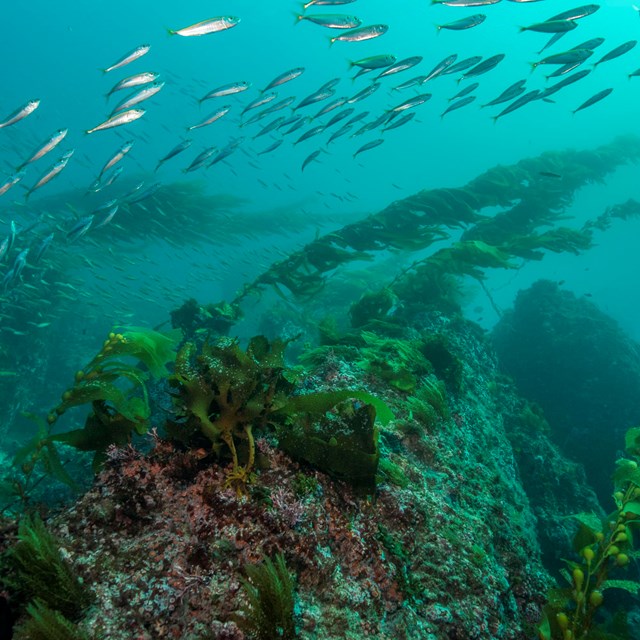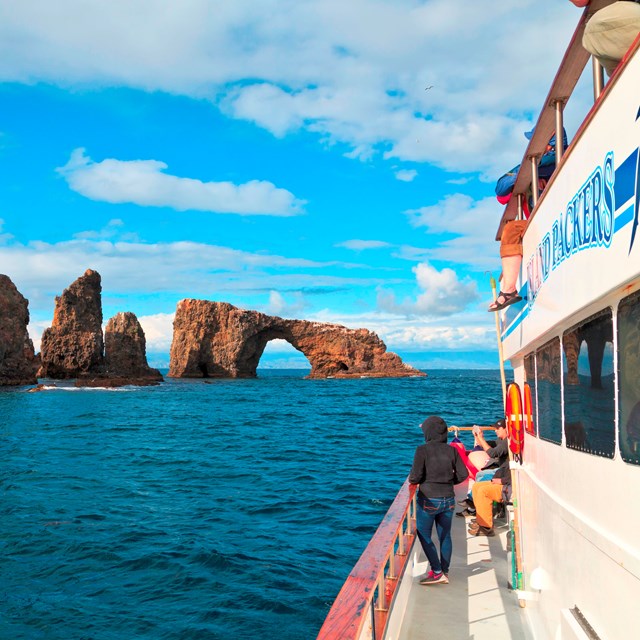Marine Protected Areas around the California Channel Islands
The first formal explorations of protected areas on or around the California Channel Islands began in 1934, when President Franklin Roosevelt dispatched an assistant to assess the Channel Islands for inclusion in the system of National Parks. In 1938, the president created the Channel Islands National Monument, which only included the islands of Anacapa and Santa Barbara. However, as early as 1940, government officials recognized that the enlargement of the Monument would be desirable in order to protect the birds, sea otters, elephant seals, and fur seals that inhabited the rocks and islets encircling the two islands. In 1974, the California Water Resources Control Board established the Areas of Special Biological Significance, followed shortly, in 1976, by the establishment of the California Channel Islands International Biosphere Reserve. In 1980, both the Channel Islands National Park and the Channel Islands National Marine Sanctuary were founded, the latter designated by the U.S. Secretary of Commerce. In 2003, the California Fish and Game Commission created the California State Marine Reserves and Conservation Areas, with federal extensions added by the National Oceanic and Atmospheric Administration (NOAA) in 2007.Each kind of marine protected area in the Channel Islands complex was developed with a different process, and with a different focus – sometimes preservation, sometimes conservation, and sometimes protection. The processes change over time; the Marine Ecological Reserve Working Group (MRWG) oversaw the establishment of the most recent marine reserves, and the process involved advising by two expert panels, one on natural science and one on social and economic issues. The panels collected, analysed, and shared substantial amounts of information with the MRWG, including information on fishery landings, biodiversity, and boating activity. The data was then evaluated by the MRWG, and used to inform their decision to create a new network of marine reserves.
After the protected area is created, the work does not stop; the rules and regulations needed to implement the area must adapt to changing resource conditions. New strategies for stewardship that recognize the power of ecological relationships are necessary as well. In the marine protected areas of the Channel Islands, single species management, even when linked to habitat and water quality protection, had failed to sustain fisheries and ecosystem integrity, stability, and health. As a result, the 1998-2007 search was launched for an ecosystem-based management approach using a network of no-take marine reserves.
-
 Conservation, Research, and Management
Conservation, Research, and ManagementLearn about the scientific basis for conservation efforts.
-
 Education, Outreach, and Engagement
Education, Outreach, and EngagementLearn about park efforts to engage the local communities.
-
 Native Peoples
Native PeoplesLearn about the ways marine protected areas are linked to the history of the region.
Last updated: May 25, 2017
